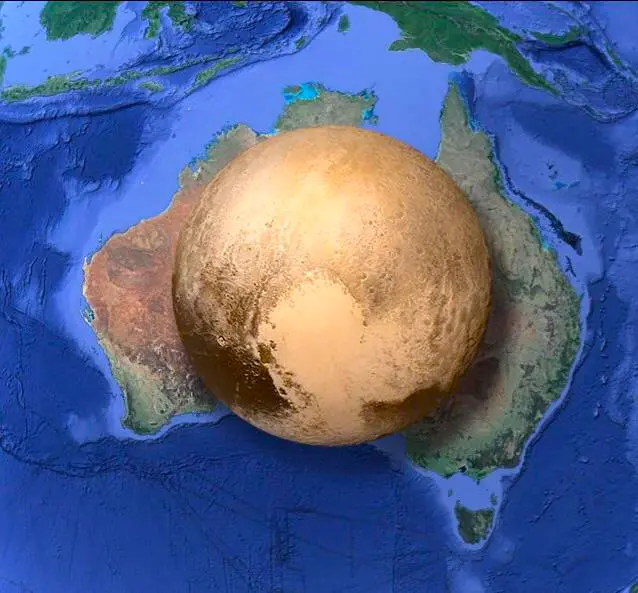29
143
30
27
On the Formation of Trapped Electron Radiation Belts at Ganymede
(agupubs.onlinelibrary.wiley.com)
33
53
35
49
38
102
39
53
42
28
Another intermediate-mass black hole discovered at the centre of our galaxy
(portal.uni-koeln.de)
46
75
49
38
